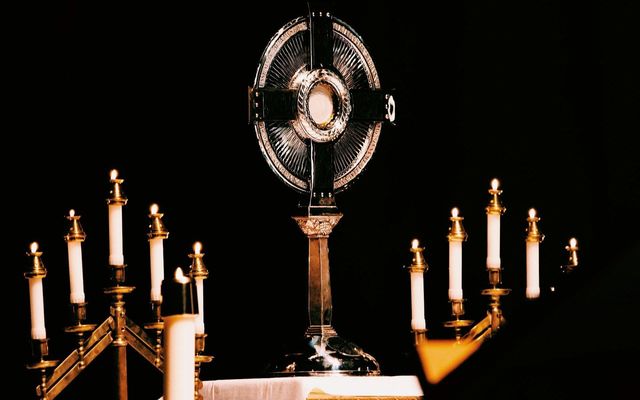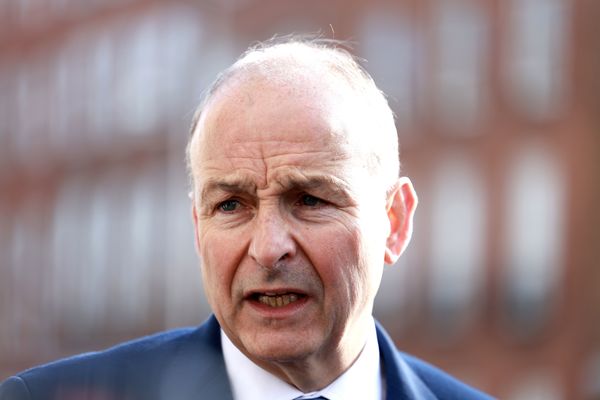ANOTHER Easter, another celebration of the most important week in the republican calendar. The Easter Sunday setpiece event is a Falls Road institution, and even as we cherish our annual carnival of pride and history, we should consider ways in which we can polish the diamond in our hands so that it glitters for others outside the traditional republican community.
The recitation of the Rosary in particular rightfully raises eyebrows at commemorations which celebrate a republican tradition born out of the struggle of Presbyterians. That's before, of course, we start to make space for the new communities of Belfast – many of whom come from countries which have their own memories of British colonialism but none of which could be described as 'Catholic'. But that's not the only aspect of the Easter commemoration which deserves a 21st century makeover.
Fortunately, the solution is at hand – and comes courtesy of the same community which holds dear the annual Easter republican parade. We refer of course to the St Patrick's Day celebrations which were born out of a stubborn refusal of the community of West Belfast to ignore a day which until recently was celebrated by cities around the world but ignored in Belfast.
Indeed until the mid-nineties, the powers-that-be marked St Patrick's Day by shuttering City Hall and flying another unionist flag from its dome. Lest the unionist City Fathers and Mothers of that bleak era take issue with that, we should point out that it is true that there was one St Patrick's Day annual event in the Dome of Delight – the presentation of shamrock to the UDR!
Today, St Patrick's Day is a joyful and inclusive day of celebration in Belfast which ensures that the wearing o' the green – symbolised by the lighting up green of City Hall – is at last a matter of great pride.
And, of course, that brings us to the element still missing from the Easter Rising commemorations in Belfast – there is no official governmental marking of the heroic men and women of Easter Week. In Dublin, where in the seventies the government banned republican Easter parades, there is now an official commemoration which attracts all sectors of society. A similar event in Belfast is well overdue.
A step forward was taken this year when the National Graves Association launch of the Easter Lily took place in City Hall. However, with a series of official Council events (rightfully) paying homage to the dead of British wars past, isn't it time that the City of Belfast hosted its own Easter Rising commemoration?
Though belated, such an official marking of Éirí Amach na Cásca would represent a coming of age of Belfast while allowing a wider cross-section of the community to pay their own respects to the dead of Easter Week. It would, as per St Patrick's Day, lead to a blossoming of Easter Rising activities – and these would not be confined to grand commemorations but could include concerts, festivals and other activities worthy of the Poets' Revolution.
The recent Belfast City Council unveiling of statues in the grounds of City Hall to salute radical women Mary Ann McCracken and Winifred Carney was a welcome confirmation of the fact that the times they are a-changing. Commemorating the Easter Rising in the hallowed halls of City Hall would go even further, though, by demonstrating that Belfast, the capital of Irish republicanism, really is a city on the rise.









